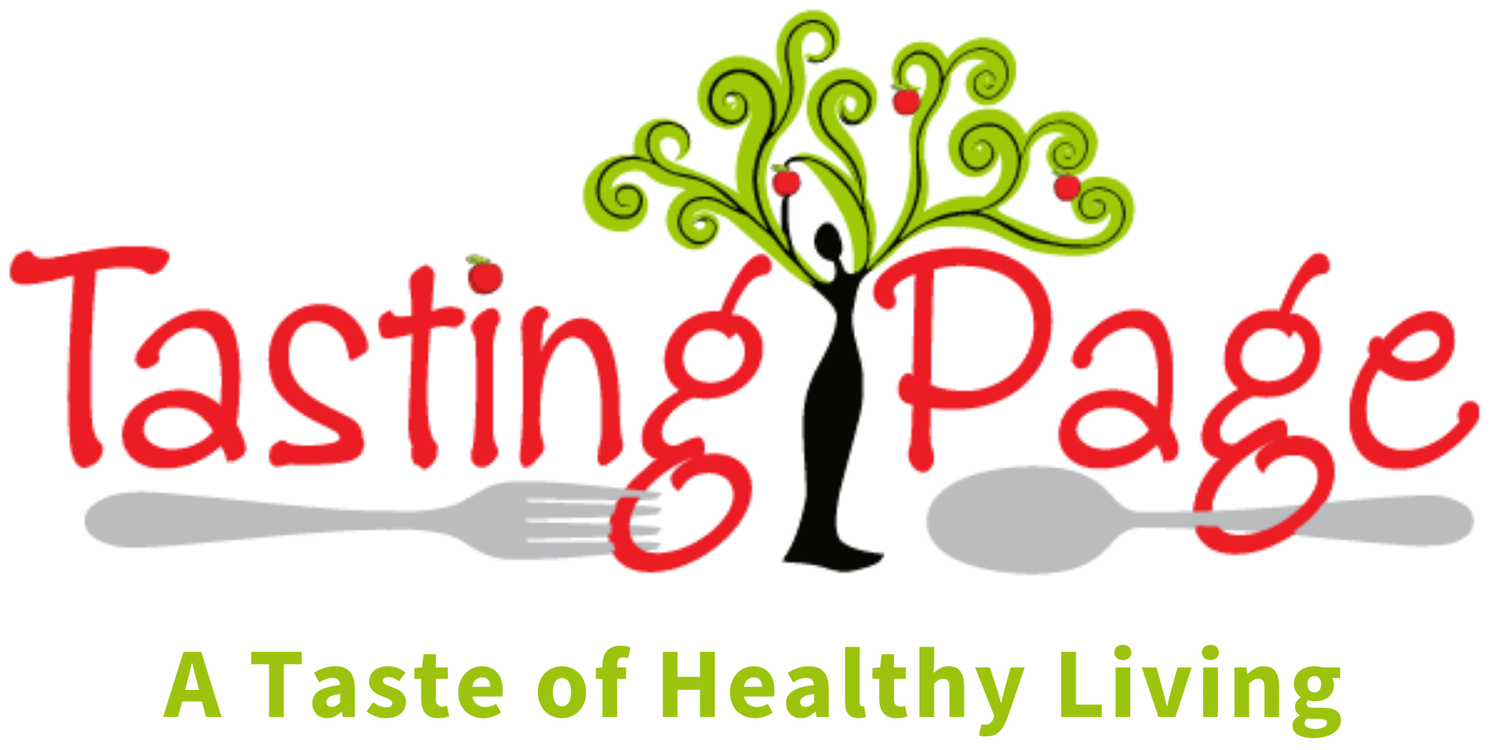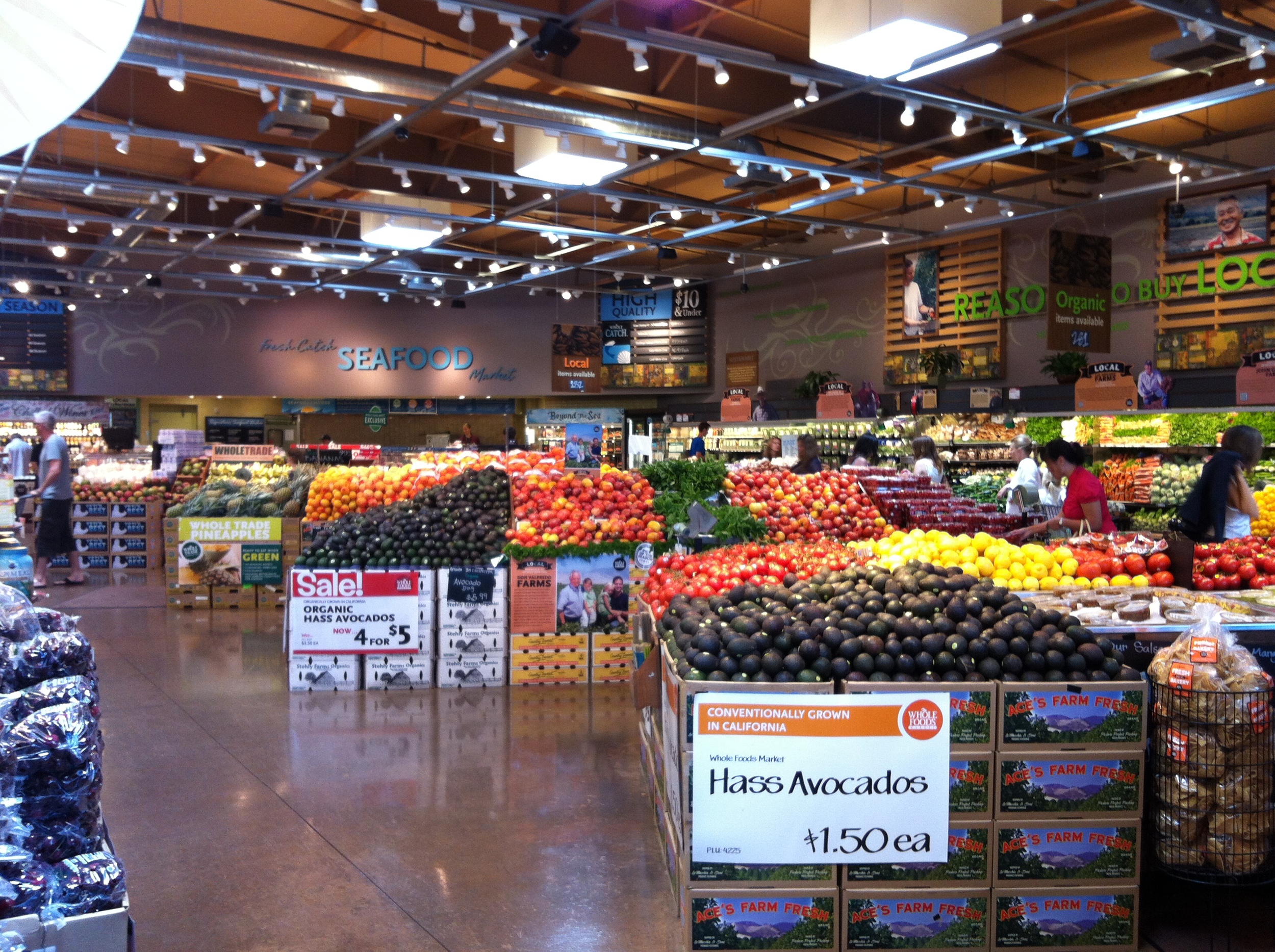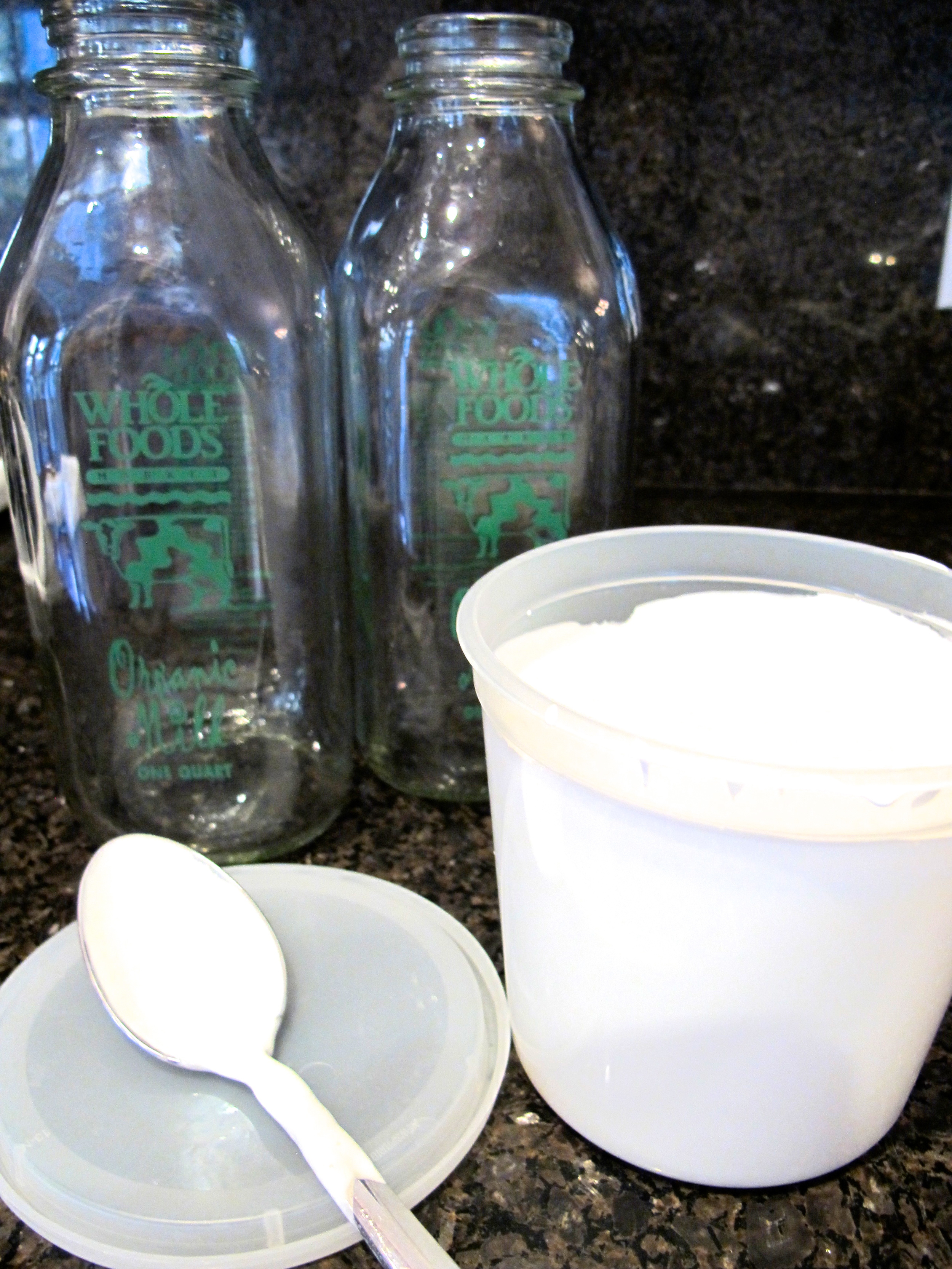From Paris to the Dairy, E-I-E-I-O
/After a year and a half of Traveling, Tasting, and Toasting in and around the City of Light, that chapter has come to a close (at least for now), along with my Page in Paris website. Fear not though my foie gras deprived Californians, this Page has returned to sunny Los Angeles (but Page in LA just didn’t quite have the same ring to it) with an unquenchable desire for the stinkiest of cheeses, the dirtiest of wines (and rejoice, I’m back to good dirty martinis without a 10 minute explanation on how to put vodka and olive juice in a glass), and there will be more travel (and evidently a lot more parentheses).
The transition back to LA has had its moments. I’m doing my best to deal with LA traffic by trying to tap into the zen attitude I used to have when venturing anywhere in Paris since it only included my feet for walking, biking or taking public transportation. When I feel near tears driving down filthy, crowded Lincoln with wall to wall strip malls, longing for a view of the Seine, or just one flying buttress, I open the door with my simple long sleeve shirt on in the middle of "winter," and rejoice at the sunshine and warmth. When that doesn’t work, I go home and suck on my bricks of the best French butter from Normandy that “mysteriously” made it back with me to the US. We won’t talk about how I sent both white wines back that I was offered with my family over Christmas (it was in Mexico after all, though the wine was Spanish) because they were beyond undrinkable for this forever changed French palate.
Luckily with this view in Playa del Carmen, Mexico, it didn't matter what I was drinking
This goat is almost literally bringing fresh milk right into the kitchen
Instead, we’ll talk about a new year and new opportunities. One of my goals for 2013 is to eat closer to the land. I don’t mean ditching my dining room table to eat every meal as a picnic in the grass, though I will miss the plentiful en plein air meals on a blanket along the Seine (and I’ll try not to include Parisian thoughts like that in every sentence). I mean ditching as many middlemen as possible between my food being pulled out of the ground and placed into my mouth. While most people know of my love of Whole Foods, I had a moment on my first visit back when I walked in and surveyed the pristine produce section with its picture perfect apples and brightly colored oranges in the most symmetrical shapes and hues that look like they’re all hand painted. I felt like I was in an art gallery and I marveled at the beauty, but questioned the source. Everything looked just a bit too pretty to eat.
Picture perfect Whole Foods
Then there’s the yogurt. I remembered being bewildered in the French grocery store aisle when I arrived looking at the huge selection of yogurt. They may not have a mile long salty snack aisle, but they do have an extensive display of dairy products. After much perusal and testing, I ended up picking an extremely tasty fromage blanc for my breakfast staple in Paris. It was creamy and full of rich flavor and brought a smile to my face every morning. When I returned to LA and resumed eating my previous breakfast staple of the Greek yogurt Fage, I felt like I had opened a can of bland, spackle, better suited for a pen holder. So I decided on the spot to take matters into my own hands and learn how to make yogurt so I can control the process, as well as the taste and consistency, and of course the ingredients.
I researched some books and online info on the making of, but decided to take it a step further, and actually go out to a working farm to get the dairy and the details from the source. The Institute of Domestic Technology, besides being the worst name ever for a cooking school, had just the program, and the goats, that I was looking for. They offer a 3 part Milk Crafting series (3 words I had never uttered in succession before) where you learn to make yogurt, as well as a variety of cheese from chevre to feta to mozzarella.
The IDT is based in an old, beautiful, sprawling house in the foothills of Altadena. The family of one of the chef's on site owns the house, complete with mom living upstairs, but don’t worry, it in no way resembles an opening scene of a horror flick. Instead, the first day I walked in to find a welcoming fire burning in the dining room and fresh ground, roasted and brewed coffee beside homemade scones, butter and jam. I could have hung out there for 6 hours and felt like I got my money’s work, but we still had yogurt and cheese to make.
After licking my spoon, knife and elbow of all butter and jam remnants, our group of 9 headed out back, past the mooing (or something like a cross between mooing and baaaing) goats, and into the large, freestanding kitchen. We started with some dairy history and background. Fun fact: the only change in homo sapiens DNA since the beginning of DNA is the body’s new ability to process lactose, and apologies to those whose systems still haven’t figured out that processing. You may have longer to wait.
We discussed what milk products are best for making cheese and yogurt and that of course would be the stuff that comes direct from a cow or goat. The problem is that most of us don’t have quite enough space in our bathrooms or on our balconies for said animals and therein lays the rub. To get this fresh liquid anywhere for sale, people have to do a lot of processing, pasteurizing and homogenizing to make it ready for market. All of these processes allow the milk to have a longer shelf life, but it’s like canning cheese – sure it’ll last longer for those upcoming space tours, but do you really want to eat canned cheese? You can get non-homogenized milk, but they can’t sell it (in the US) without pasteurization. The best you can do is 60 day raw milk, or find a way to turn your basement into a free flowing pasture for your four legged friends.
The whole organic thing is debatable. Of course no one wants their animals eating chemicals in a prison cell, but the rules are tricky and questionable, and at the end of the day, you just want an animal that’s pretty happy. So net net, do a little research to find yourself an animal living the good life, residing in some nice digs that aren’t as far away as India. Straus Family Creamery is a pretty good spot in N. CA where the cows graze on lovely prairie grass and seem to have a decent set-up. You can find the milk in some Trader Joe’s and Whole Foods. Straus’ Cream Top Organic is sold with TJs name on it and is one of the best for making yogurt.
Trader Joe's Organic Cream Top Milk is a good choice for yogurt making
We made a variety of products in our first class like chèvre, ricotta, paneer, crème fraiche and cottage cheese - all with similar steps. You heat some milk, and then add one or two ingredients that usually includes a culture and/or some rennet. Some time elapses, and occasionally you hang your product in a cheesecloth for a thicker consistency, et voila, you have a tasty homemade dairy item that includes no more than 3 ingredients. I have to say the thing that made the biggest impression on me was the cottage cheese, though I don’t think I can use that name for what we created since it didn’t resemble any cottage cheese I had ever eaten. Wow. A bit labor intensive, but well worth it.
Homemade cottage cheese with apple and honey
I’m going to focus on the yogurt making first since I have now attempted this three times on my own – once with organic cow’s milk from Whole Foods (my favorite), once with Trader Joe's goat’s milk (not sure if something went wrong, but this was not very good) and the last with raw milk from Santa Monica Co-op (I was almost back to spackle consistency with this thick one, but the taste was decent, but not to my liking). I'm now on the bandwagon of consuming whole milk and full fat products and I recommend using whole milk for making yogurt (or cheese). Every time they touch the product to take things out like fat, you're losing the best, purest part of the product until it turns into something that barely resembles what came out of the animal initially. You might as well just have a Diet Coke.
Yogurt making is really quite easy and it only includes 2 ingredients. I start with 2 quarts of the best, most non-processed milk I can get my hands on and throw it in a pot. With instant read thermometer in one hand, I slowly bring the milk to 115 degrees, lightly turning the milk, making sure to not touch the sides to scrape any debris into the mix. As soon as the temperature hits the mark, I throw in my yogurt culture which I bought from the good people at Get Culture. You only need a smidgen, about 1/16 of a teaspoon, or can you use 2 tablespoons of real yogurt, but if you have real yogurt in your house, why are you making your own, except that it tastes better.
The only things you need to make your own yogurt
Don't be afraid of the consistency of the milk in the pot as this was actually taken from my cottage cheese making, but I'm getting ahead of myself
Take it off the heat, mix it in and then throw it in the oven with a towel lightly draped over and keep the oven light on. Including a pot of boiling water next to your yogurt will ensure that the temperature stays at your ideal of 110 degrees. Don’t touch it and just let it do its thing for 8 – 12 hours. The longer you leave it in the oven, the thicker the consistency and the more tart it will become.
After your desired time frame, take the pot out and place it in the fridge to set it up a bit more. If you like that thick spackle, leave it in the fridge overnight (and use raw milk), and then you can drain it in a cheese cloth for an even denser yogurt. I did a lot of draining and was left with about 2 bites of my 2 quarts of goat milk, but the fats are a little different than cow, so you’ll get more out of cow.
You gotta get a little creative with the hanging
Expect quite a bit of shrinkage no matter what milk you use, but the outcome will be a pure, milk product that is velvety and rich, and worth every hour of the process.
More to come from Dairy Land and my new culinary adventures outside of Paris!



































